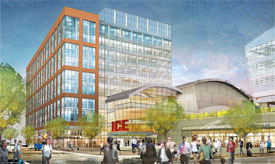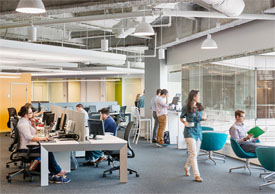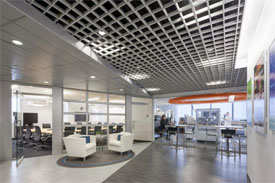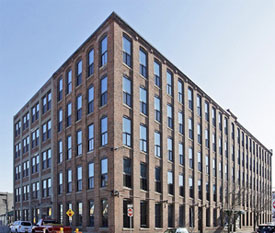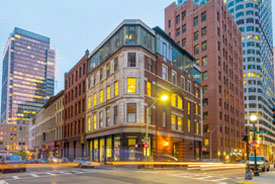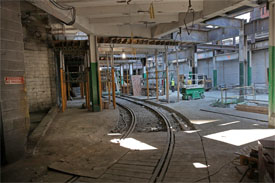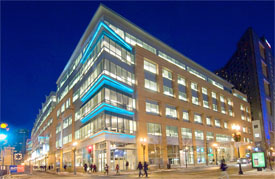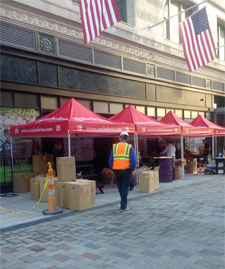Not just tech companies are looking for new space, the Bruins are coming to Boston Landing along the Pike. Combined with a new commuter rail station, our city continues to expand and offer services that address our growth.
The Boston Herald notes, “the Boston Bruins’ new Hub practice rink stands to get a prime location along the Mass Pike in New Balance’s $500 million Boston Landing project…Pending permitting approvals, New Balance hopes to start construction on the 75,000-square-foot rink complex — and an adjacent nine-story office building with a ground-floor Bruins pro-shop and other retail — no later than November, much earlier than the original planned spring start date…The Bruins’ practice facility will have seating for about 650 spectators, a VIP area, function room and concessions. It also will include locker rooms, a lounge, a strength and conditioning/rapid shot area, training rooms, video and conference areas and offices for the Bruins.”
More information on the project, along with the Bruins’ practice facilities, are available on the Boston Herald.

